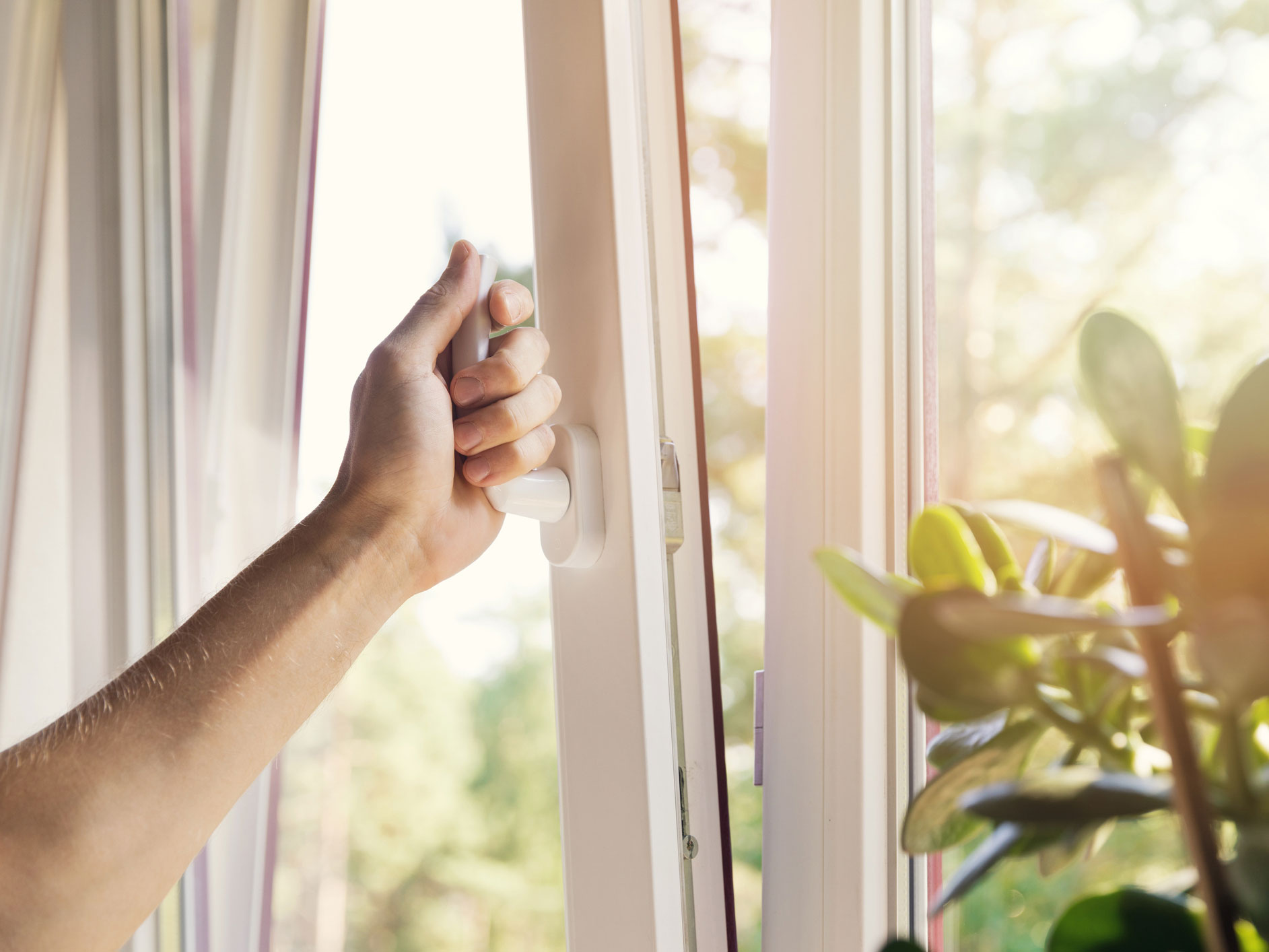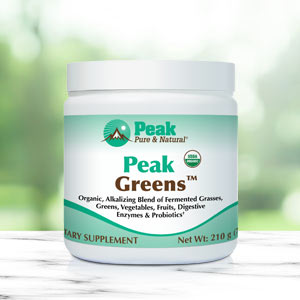Get Easy Health Digest™ in your inbox and don’t miss a thing when you subscribe today. Plus, get the free bonus report, Mother Nature’s Tips, Tricks and Remedies for Cholesterol, Blood Pressure & Blood Sugar as my way of saying welcome to the community!
Formaldehyde: This secret summer threat is heating up

When most of us think about the health dangers that come with the blazing sun this summer, we probably think about dehydration and sunburn. Maybe a few of us who live in big cities worry about air pollution and that summertime haze…
But a team of researchers from Washington State University (WSU) found that there’s one more big health danger right in our own homes that we should be aware of as the heat rises…
Higher emissions indoors than out
Do you know how we just mentioned that summertime haze?
Well, researchers know that air pollution, whether inside or outside, has a significant impact on each and every person’s health, including their heart, lungs, brain and neurological health.
But while our government has increased the regulation of outdoor air pollution over the past four decades, there is little if any regulation on what happens to us in our own homes. In fact, current building laws generally just require that homes are structurally sound and that people are comfortable, with minimal impacts from odors and humidity.
But the threats posed by indoor air pollution are almost completely ignored.
“People think of air pollution as an outdoor problem, but they fail to recognize that they’re exposing themselves to much higher emission rates inside their homes,” said lead researcher and professor in the Department of Civil and Environmental Engineering, Tom Jobson.
According to the team, indoor emissions can come from a variety of sources, including:
- Building materials
- Furniture
- Household chemical products
- Activities of daily living, like cooking
While one of the best ways to clear out these harmful chemicals is with ventilation to the outdoors, with the increasing concern about climate change and interest in reducing energy use, builders are trying to make homes more airtight — something that may be worsening the problem.
And the summer heat ahead of us could compound the issue even further…
A breath of formaldehyde
In their study, the research team monitored the indoor pollution levels in a variety of homes, reflecting the typical housing styles and ages of homes in the U.S.
And sure enough, as temperatures in the homes rose, so did the levels of formaldehyde.
“As a home gets hotter, there is a lot more formaldehyde in the home. The materials are hotter and they off-gas at higher rates,” Jobson said.
Yes, the higher the temperatures get this summer, the more of that chemical best known as an embalming fluid — and a known human carcinogen — is floating around in the air of your house for you to breathe in.
The researchers even found one of the homes they were monitoring (a home built in the early 1970s) filled with both formaldehyde and mercury that was being off-gassed from the drywall.
When the team pulled off a piece of the drywall to test in their labs, they found that when heated, it emitted formaldehyde levels as high as 159 parts per billion — an absolutely frightening result since the U.S. Agency for Toxic Substances and Disease Registry, part of the Centers for Disease Control, has set eight parts per billion as a level that poses “a minimum risk level”.
So, if eight parts per billion is a minimum risk, what can almost 20 times that amount do to you?
How to further reduce formaldehyde exposure in your home
The researchers point out that all of these chemicals we’re breathing in are impacting our ability to think and learn and that it’s important to balance having an energy-efficient home with protecting your health and cognitive function.
Their advice? Open a window.
Sounds simple enough, but it could be the difference between breathing in dangerous chemicals all day long and letting in the clean, fresh air.
Here are other ways to reduce the danger:
- Don’t smoke. Homes with smokers are full of formaldehyde, which is part of cigarette smoke.
- Use exhaust fans.
- Keep temperature and humidity levels as low as you comfortably can.
- Change out your insulation if you have an older home.
- Avoid furniture, wood flooring and cabinets made with urea-formaldehyde (UF) glues. Better choices include pressed wood products that meet ultra-low emitting formaldehyde (ULEF) or no added formaldehyde (NAF) requirements.
- Look for products labeled no VOC or low VOC. VOC stands for Volatile Organic Compounds which are a large group of chemicals that are found in many products we use to build and maintain our homes.
According to Dr. Alan Christianson, an naturopathic endocrinologist, VOCs are toxins that are metabolized by the liver and kidneys before being passed out of the body, not the kinds of toxins that embed in the tissues of the body (like heavy metals) for long periods of time.
That means supporting your liver, your body’s main detox organ, can be helpful. It’s easy for the liver to become overwhelmed considering the onslaught of chemicals entering our bodies regularly, and if that happens it can’t do its job half as well.
Editor’s note: Have you heard of EDTA chelation therapy? It was developed originally to remove lead and other contaminants, including heavy metals, from the body. Its uses now run the gamut from varicose veins to circulation. Click here to discover Chelation: Natural Miracle for Protecting Your Heart and Enhancing Your Health!
Sources:
- Researchers uncover indoor pollution hazards — Washington State University














